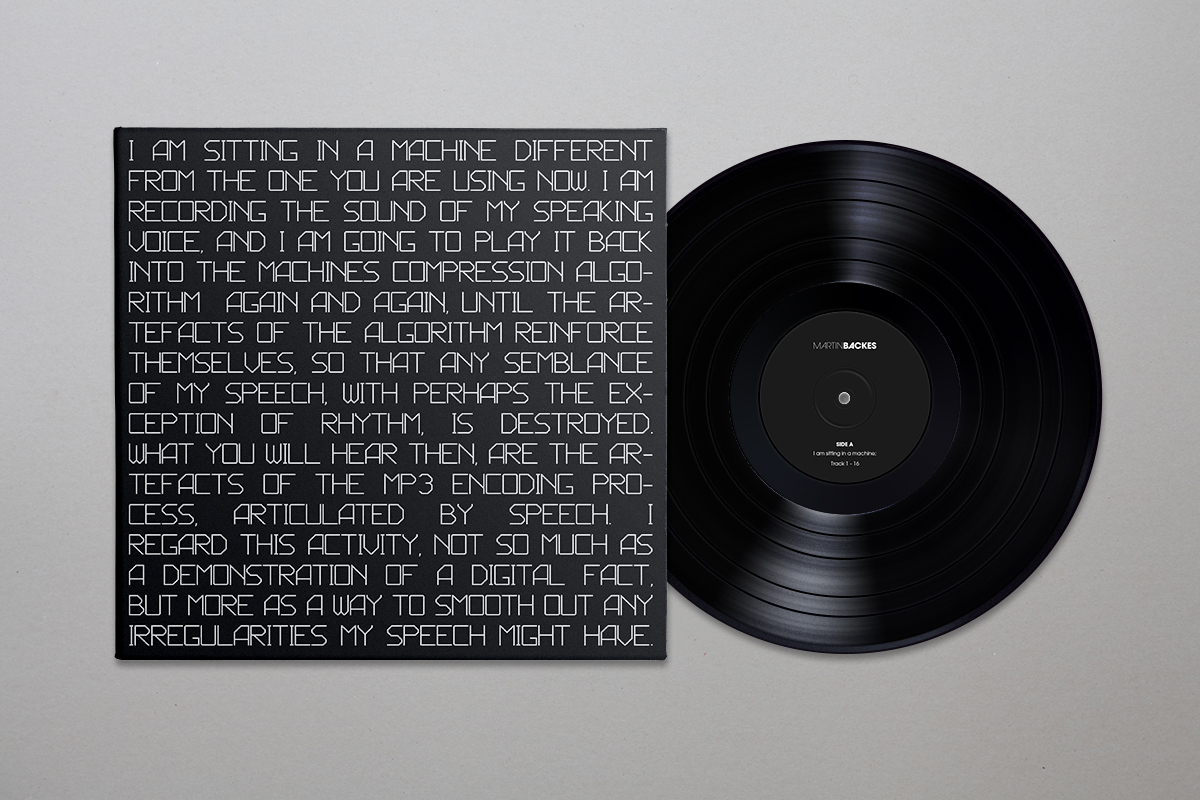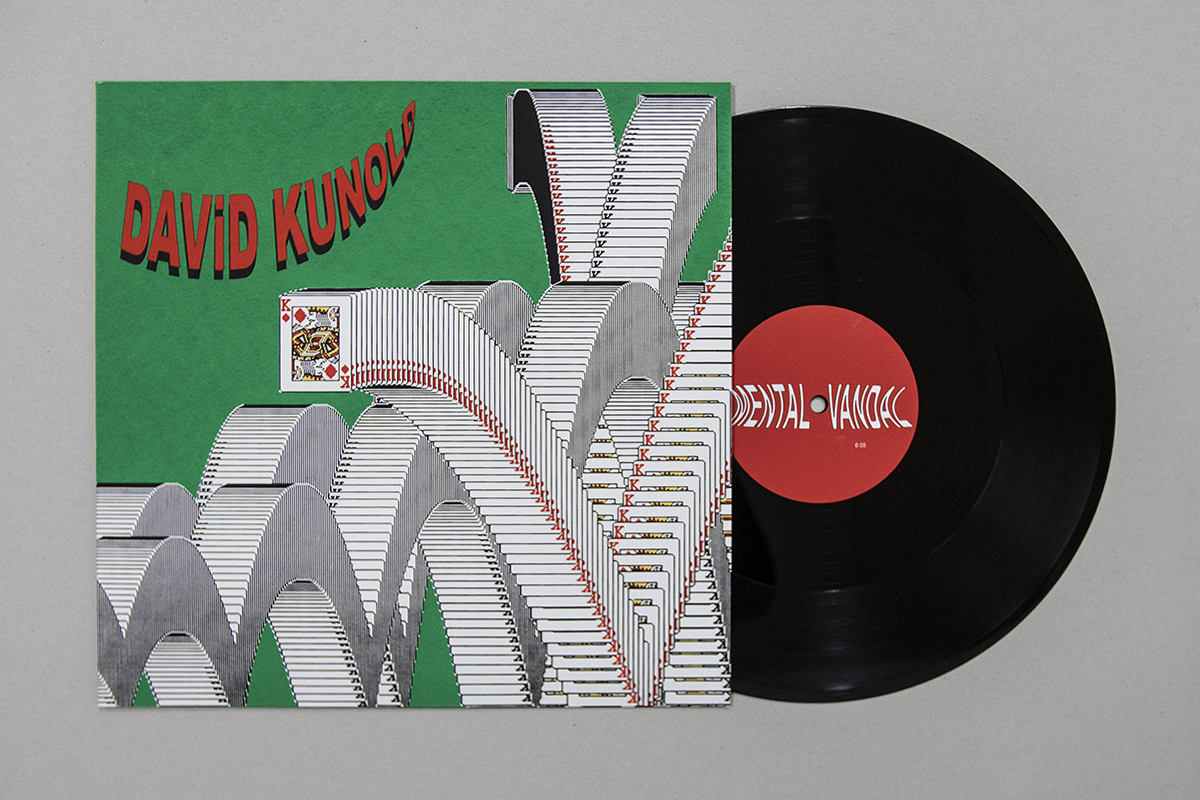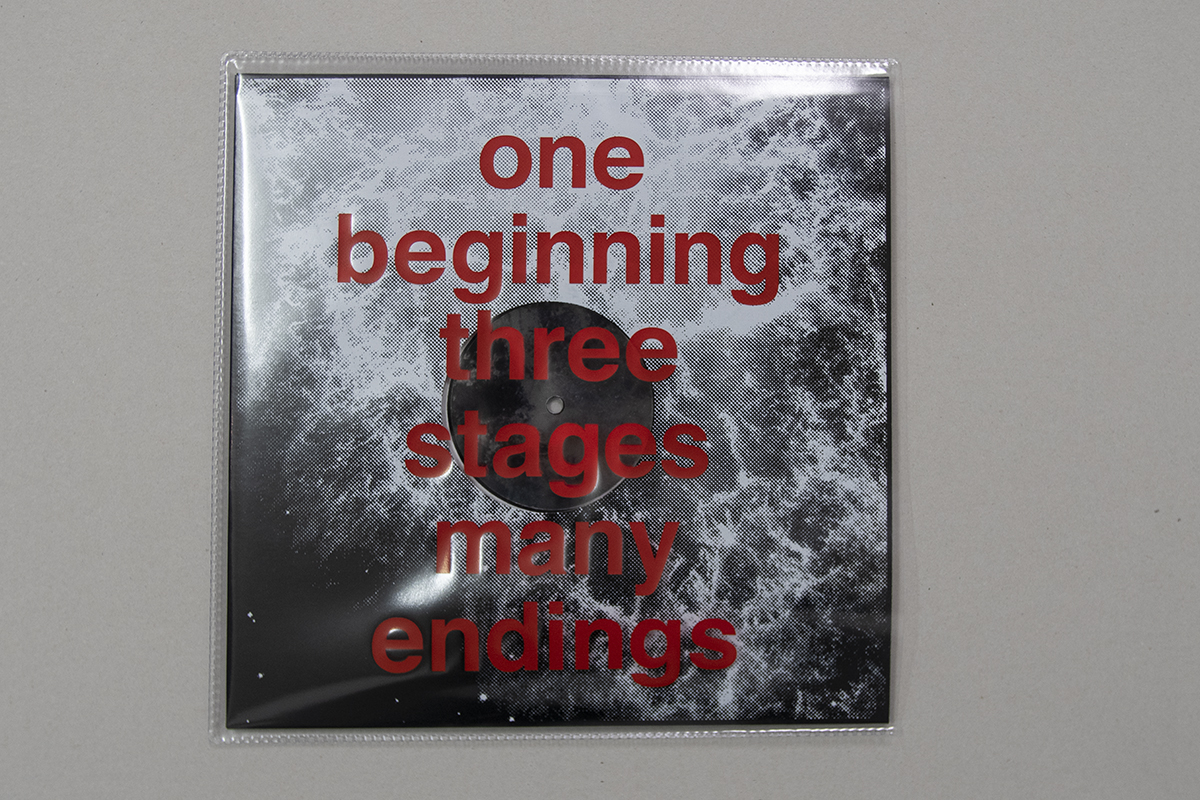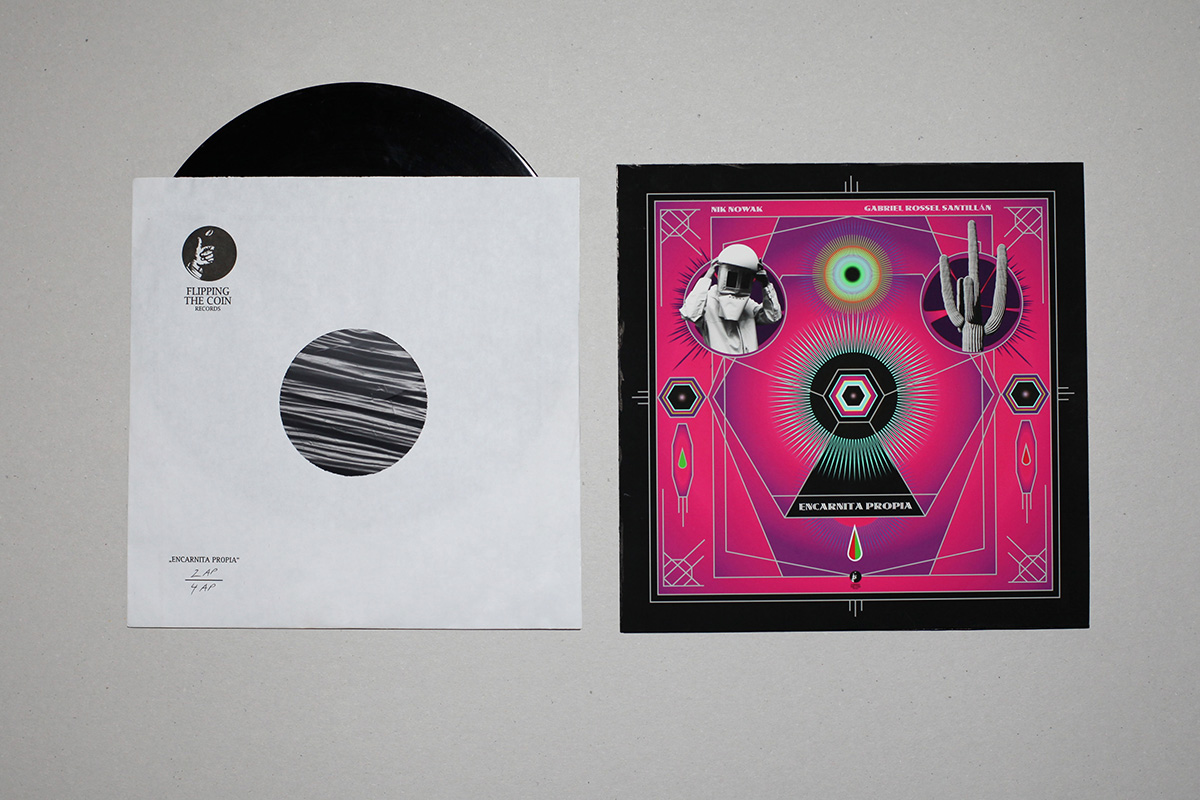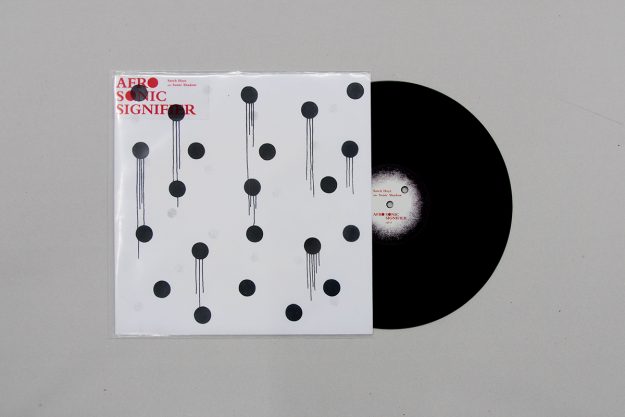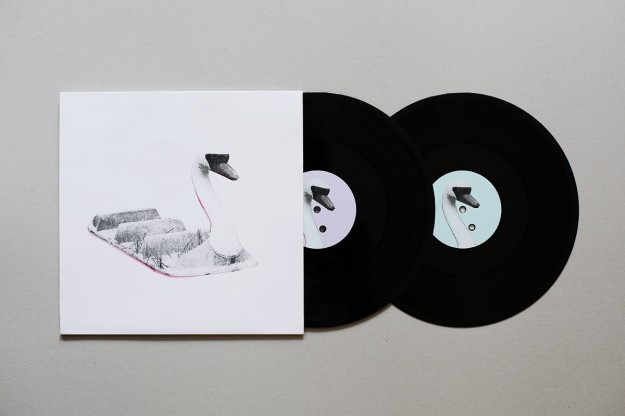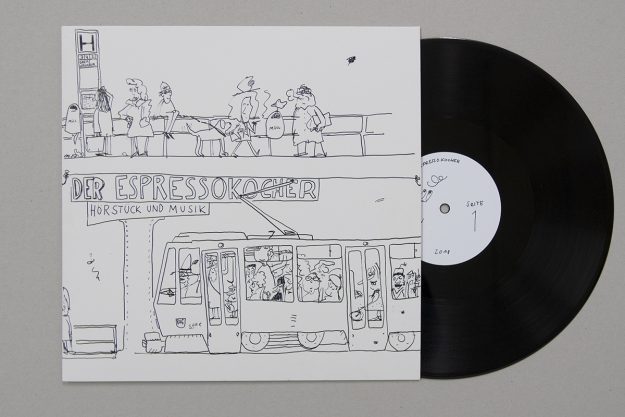I am sitting in a machine; is an algorithmic work that begins with a recording of an artificial human voice reciting a text which is then run through an MP3 encoder over and over again. With each iteration of the loop, one may hear the artefacts of the encoding process reinforcing themselves and gradually distorting the artificial human voice by revealing its data format.
The work is a hommage to composer Alvin Lucier’s 1969 piece I Am Sitting in a Room. The work consists of two parts. The first part is a limited edition, 30 unit dubplate vinyl. The second is a web page application distributed via the Internet. In both renderings, there are 32 tracks selected from 3000 successive iterations of the 128 kbps 44.1 kHz MP3 encoding.
Martin Backes, I am sitting in a machine; 2017, 12 inch Dubplate, Edition of 30 + 5AP ́s, 500,- Euros
